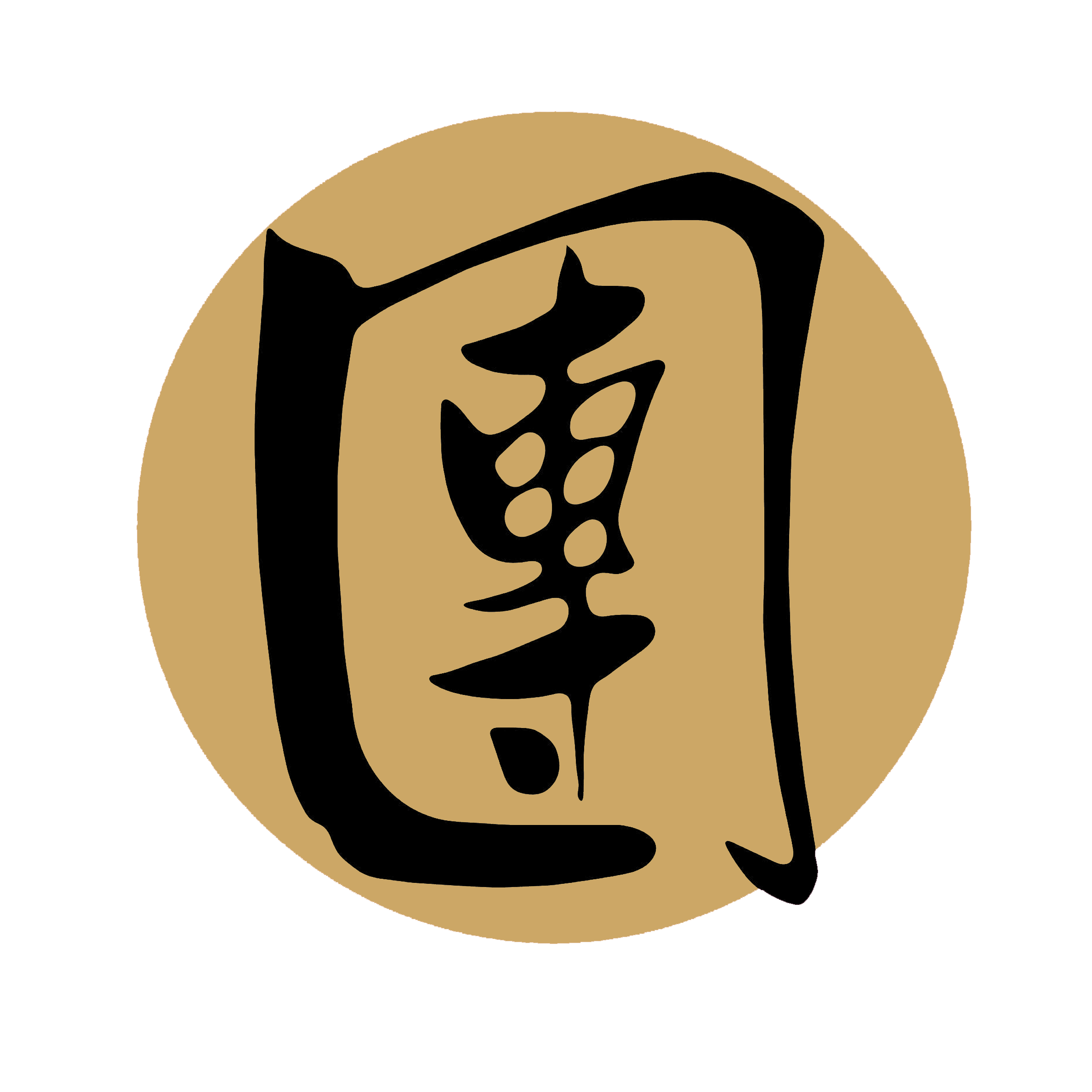35. Hok-ding: Choy Li Fut Kung Fu Technique
Hok-ding: The Crane Top Technique in Martial Arts
Hok-ding, also known as the Crane Top, is a distinctive technique found in various Kung Fu styles. Derived from the graceful movements of the crane, Hok-ding is characterized by its upward striking motion, precision, and versatility. In this article, we will explore the mechanics, applications, and training aspects of Hok-ding.
The execution of Hok-ding involves a striking motion with the top of the wrist. Mimicking the movement of a crane's beak, the hand is held in a specific position to deliver precise and targeted strikes. Typically, Hok-ding is performed as an upward rising motion, aiming to target areas such as the chin, solar plexus, or ribs. The unique hand position and angle of attack make it a powerful and effective technique.
The Crane Top technique embodies the grace and agility of the crane, incorporating fluid and precise movements. Practitioners of Hok-ding focus on maintaining proper body alignment, balance, and footwork to enhance the effectiveness of the technique. The fluidity and control required in executing Hok-ding contribute to the development of overall body coordination and control.
One of the notable applications of Hok-ding is as a defensive technique. The upward striking motion can be employed to intercept and redirect an opponent's attack, disrupting their momentum and creating openings for counterattacks. By utilizing Hok-ding as a defensive maneuver, martial artists can effectively defend themselves while simultaneously setting up their own offensive strikes.
Training in Hok-ding involves various exercises and drills to refine the technique and develop the necessary attributes. Shadowboxing, focus mitt training, and partner drills are common training methods used to enhance the precision, speed, and power of Hok-ding. Practitioners also work on timing and distancing, understanding the appropriate moments to execute the technique effectively.
In addition to its combative applications, Hok-ding is valued for its meditative and internal aspects. The focus required to execute the technique with precision and control allows practitioners to cultivate mindfulness and concentration. Hok-ding serves as a bridge between the physical and mental aspects of martial arts, promoting a harmonious connection between the body and mind.
Ethical considerations play an important role when practicing Hok-ding or any martial arts technique. Practitioners must always prioritize safety and respect for training partners. Proper training protocols, such as using controlled force and wearing appropriate protective equipment during partner drills, should be followed to ensure a safe training environment.
In conclusion, Hok-ding, or the Crane Top technique, showcases the elegance, precision, and versatility of martial arts. Its upward striking motion, balance, and defensive applications make it a valuable technique for practitioners. By understanding the mechanics, training methods, and ethical considerations associated with Hok-ding, martial artists can incorporate this technique into their practice to enhance their skills and deepen their understanding of the martial arts journey.

